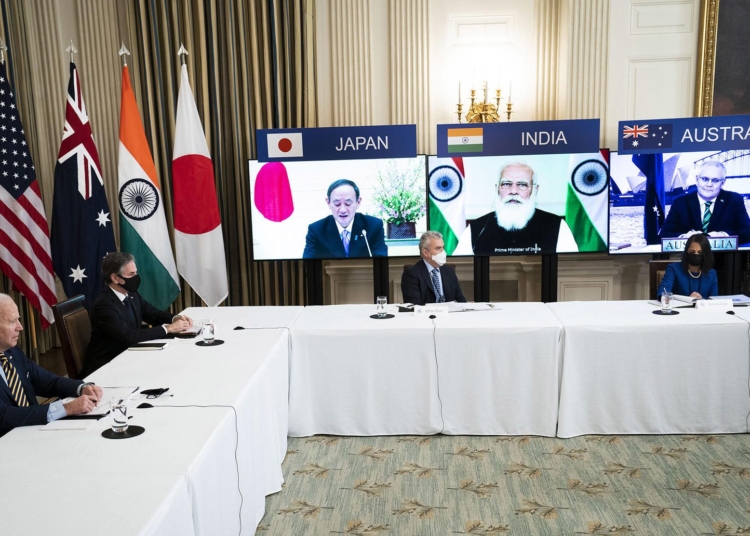This content is an article titled “A Comprehensive Analysis of Military Policy Shifts: A Closer Look at Recent Defense Strategy Reforms.” The article discusses the evolving landscape of military and defense policies around the world, highlighting the factors that drive military policy shifts. It emphasizes emerging threats, changes in the geopolitical landscape, advancements in technology, and budgetary constraints as the main driving forces behind these shifts. The article then examines notable defense strategy reforms in the United States, China, Russia, and the European Union. It concludes by discussing the implications of these policy shifts and the future outlook for defense strategy reforms.
A Comprehensive Analysis of Military Policy Shifts: A Closer Look at Recent Defense Strategy Reforms
Introduction
The landscape of military and defense policies around the world is constantly evolving. With global geopolitical tensions, emerging threats, and advancements in technology, nations are often compelled to reassess and reformulate their defense strategies. This article aims to provide a comprehensive analysis of recent military policy shifts, highlighting the factors shaping these changes and their implications for security and international relations.
Understanding Defense Strategy Reforms
Military policy shifts occur when governments decide to revise their defense strategies in response to internal and external factors. These reforms encompass changes in national security priorities, resource allocations, force structure, technological advancements, and operational doctrines.
Factors Driving Military Policy Shifts
Several key factors drive military policy shifts:
- Emerging Threats: The evolving nature of warfare, including cyber threats, terrorism, hybrid warfare, and unconventional tactics, forces governments to adapt their defense strategies accordingly.
- Changes in Geopolitical Landscape: Shifts in global power dynamics, territorial disputes, and regional conflicts can significantly impact a nation’s security considerations and necessitate policy adjustments.
- Advancements in Technology: Rapid technological developments, such as artificial intelligence, autonomous systems, and advanced weaponry, require nations to upgrade their military capabilities to maintain a competitive edge.
- Budgetary Constraints: Economic challenges and shifting budget priorities influence defense strategy reforms, as governments seek to optimize resource allocation to meet evolving security needs.
Recent Defense Strategy Reforms
Here, we examine notable military policy shifts in several prominent nations:
United States
The United States has undergone significant defense strategy reforms in recent years. The 2018 National Defense Strategy (NDS) emphasized great power competition, shifting focus from counterterrorism to strategic rivalry with China and Russia. This resulted in increased investment in areas such as cyber capabilities, space defense, and next-generation weapons systems.
China
China’s defense strategy reforms aim to transform the People’s Liberation Army (PLA) into a modern, technologically advanced force capable of projecting power beyond its borders. Emphasizing the need for a comprehensive joint operations command structure, China seeks to enhance its maritime capabilities, space-based assets, and cyber warfare capabilities.
Russia
Russia’s defense policy has undergone significant shifts, driven by its desire to restore its geopolitical influence. The country has restructured its military to focus on modernizing its nuclear arsenal, improving conventional warfare capabilities, and developing asymmetric warfare techniques. This includes the integration of advanced technology, such as hypersonic missiles and artificial intelligence, into its military capabilities.
European Union
In response to evolving security challenges, the European Union (EU) has taken steps to strengthen its defense collaboration and capability development. This includes initiatives such as the European Defense Fund, which aims to boost research and development, improve interoperability among member states, and enhance crisis management capabilities.
Implications and Future Outlook
Military policy shifts have profound implications for national security, regional stability, and international relations. Nations must balance their defense needs with diplomatic efforts to ensure a stable and peaceful world order. As the geopolitical landscape continues to evolve, the future of defense strategy reforms will likely witness further integration of emerging technologies, increased investments in cyber defenses, and a focus on addressing non-traditional security threats.
Conclusion
Understanding and analyzing recent military policy shifts is crucial for policymakers, defense analysts, and individuals interested in global security dynamics. By examining the factors driving these shifts and the specific reforms implemented by various nations, we can gain valuable insights into the ever-changing world of defense strategies and its implications for the future.













